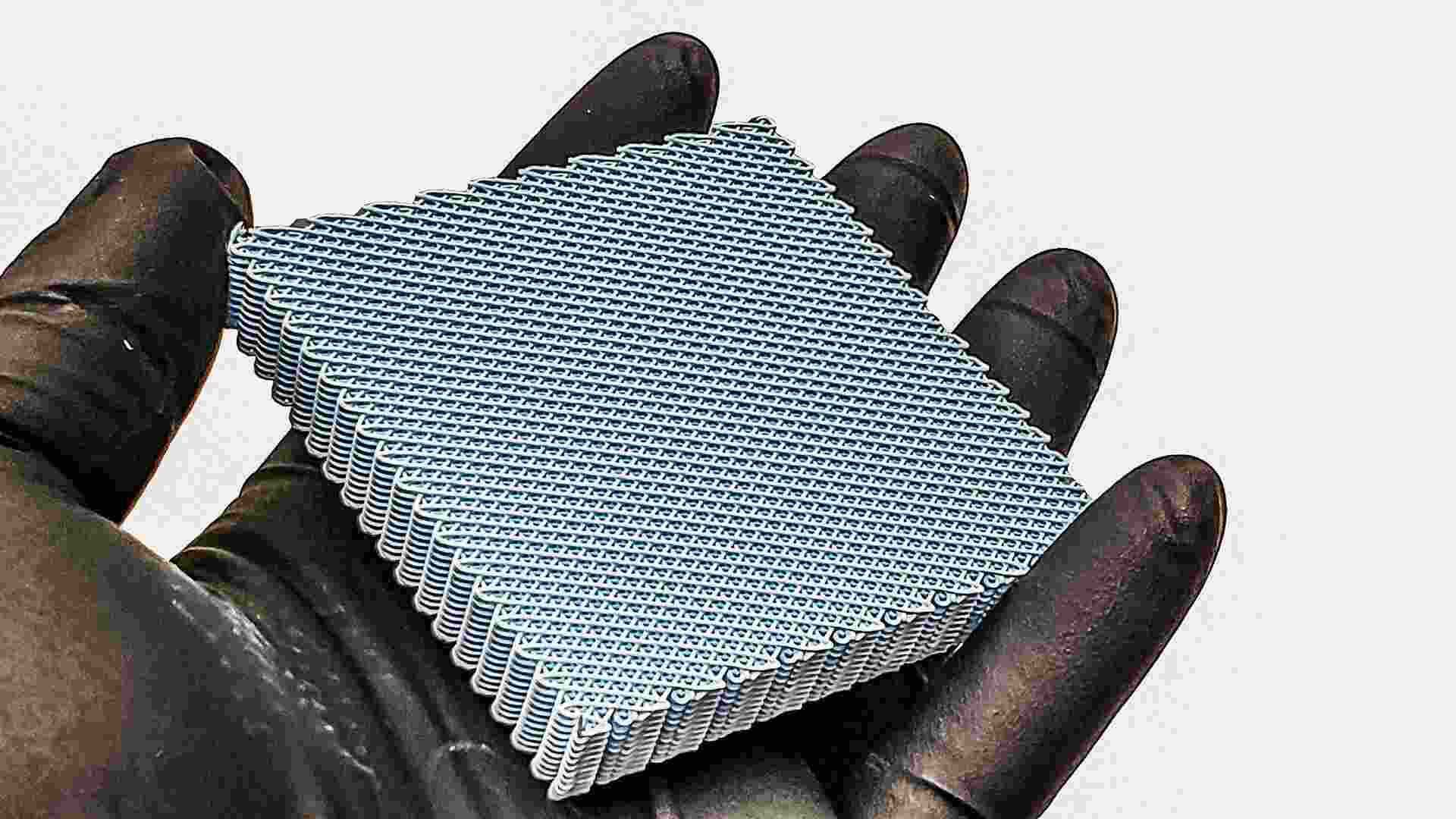- | 2:00 pm
Saudi Arabia’s card payments market set to reach $142 billion by 2030
The value of card payments in the country witnessed a notable increase, primarily driven by improved economic conditions and a rise in consumer spending.

The card payments market in Saudi Arabia is expected to experience a growth of 14.6% and reach $142 billion in 2023, as indicated by data and analytics firm GlobalData. This surge is primarily attributed to the rising adoption of contactless payments and the government’s initiatives to establish a cashless society.
In the country, the value of card payments experienced significant growth, with a 29.8% increase in 2021 and a further 17.3% growth in 2022.
“While cash has traditionally been the preferred payment method in Saudi Arabia, its usage is on the decline in line with the rising consumer preference for electronic payments,” said Ravi Sharma, Lead Banking and Payments Analyst at GlobalData.
Sharma further highlighted that the surge in electronic payments became even more prominent during the initial stages of the COVID-19 pandemic. Banks and merchants actively encouraged consumers to embrace non-cash payment methods, significantly increasing their adoption
“The increasing preference for contactless payments and mandatory acceptance of electronic payments at retail stores are among the key drivers of the payment card market growth,” he said.
The COVID-19 pandemic had a profound impact on the payment preferences of Saudi consumers, with a growing preference for contactless payments attributed to an enhanced payment infrastructure. Saudi Payments, the national payment infrastructure operator in the kingdom, reported that in 2021, a staggering 95% of all point-of-sale transactions in the country were conducted using contactless methods.
In addition, Saudi Arabia is actively promoting the adoption of cashless payments as part of its Vision 2030 strategy. The goal is to reduce cash transactions and increase the proportion of electronic payments to 70% of all transactions by 2025. This initiative is expected to positively impact the adoption and usage of debit and credit cards, as stated by Sharma.
Regarding consumer preference, debit cards dominate the card payment landscape, representing 89% of the total card payment value in 2022.































